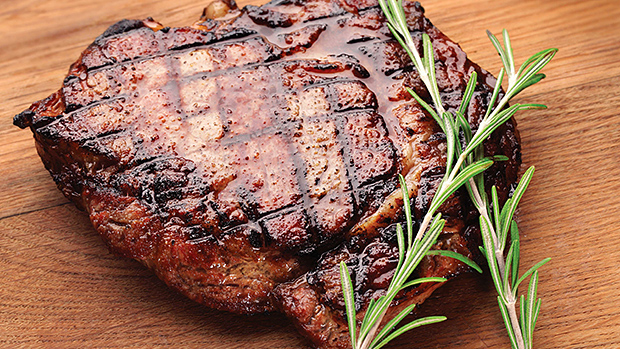Grass, Corn, and Sleazy Marketers
Grass-fed cattle are our bovine buddies. Unlike their corn-fed counterparts, grass-fed beef have a fatty-acid profile that's good for humans.
While the average corn-fed piece of beef has an omega-6 to omega-3 ratio of about 20:1, grass-fed cattle have a ratio closer to 3 or 2:1, which is similar to that of wild, Pacific salmon. So, if you're looking for one demon to blame for many of the health woes of the average American, you could make a great case for corn and corn-fed cattle.
Ranchers have long fed corn to their cattle because it fattens them up quickly and cheaply. Besides, Americans have long equated the marbling associated with corn-fed cattle as highly desirable. Americans have also gotten used to the flavor of corn-fed cattle.
Lately, however, we've all wised up to the notion that we should be avoiding corn-fed beef in favor of grass-fed beef. However, unscrupulous marketers have used this fact do take advantage of the consumer.
Word Games
Here's the deal: ALL cattle are grass fed... initially. And that's the simple fact that unscrupulous businessmen have latched onto. But when the cattle are just a few months away from the slaughterhouse, they're "finished" with a diet consisting largely of corn. This of course changes their fatty-acid profile to a negative one, but they can still say that their livestock were "grass-fed."
Ask This Question
In order to get what you want, you now need to make sure you ask your butcher if the beef was "grass-finished." Only then can you be a little more confident that the rancher or butcher isn't playing word games with you.
Of course, you should be able to tell the difference between corn-fed and grass-fed as the former tastes more like what you remember from your childhood and the latter tastes a little bit more sweet and a bit more, well, grassy.





